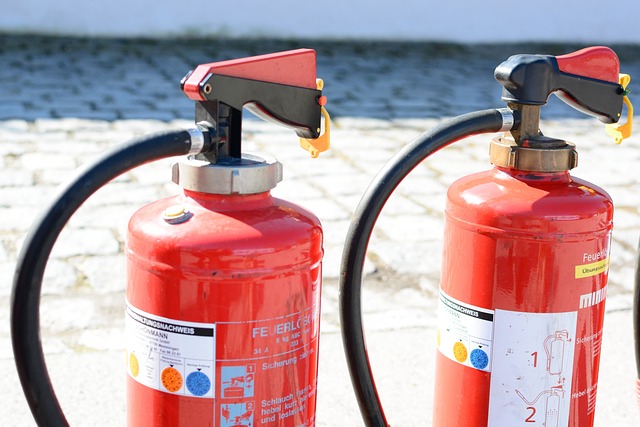The 3 Essentials To Prepare Your House For Fire Safety
Fire safety is a crucial aspect of home ownership that cannot be ignored. Fires can start at any time and can be caused by a variety of factors, from electrical problems to cooking mishaps. Being prepared for a fire can save lives and prevent property damage.
While no one wants to think about a fire occurring in their home, it is important to be proactive about fire safety. Not only can fire safety measures help prevent a fire from starting, but they can also increase your chances of escaping a fire safely. In this article, we will provide a comprehensive guide on how to set up a house for fire safety.
1 - Have an evacuation plan
The ability to evacuate quickly and safely in the event of a fire can be crucial in saving lives. First, identify all possible exit routes in your home, including doors, windows, and fire escape ladders. It's a good idea to have a custom handrail installed so you can feel your way through the escape route when there is thick smoke obscuring your vision.
Next, assign responsibilities to family members, designating who will assist young children, elderly individuals, or those with mobility issues in evacuating. It is also important to establish a specific location outside of the home where everyone can meet safely after evacuating.
Practicing fire drills regularly with your family can help ensure that everyone knows what to do in case of an emergency. Remember to include pets in your evacuation plan, and keep leashes or carriers near the exits for easy access.
2 - Have the right equipment
There are several types of fire safety equipment that every home should have to prevent and fight fires. Smoke detectors should be installed in every bedroom, outside each sleeping area, and on every level of the home. Test smoke detectors at least once a month, and replace the batteries twice a year.
Fire extinguishers can be used to extinguish small fires before they become big ones. Install extinguishers in areas where fires are most likely to occur, such as the kitchen, garage, and near the fireplace.
Although carbon monoxide poisoning isn't always the result of a fire, you should have an alert when it is building in your home. Carbon monoxide is a colorless and odorless gas that can be deadly if inhaled. Install carbon monoxide detectors on every level of the home, including near sleeping areas.

3 - Be proactive
Preventing fires from happening in the first place is key to maintaining a safe home. Since electrical fires are the most common cause of house fires, you should check electrical cords regularly for fraying or other damage, and replace them if necessary. Do not overload outlets, and avoid using extension cords whenever possible.
You should also never leave cooking food unattended, and keep flammable materials, such as oven mitts and dish towels, away from the stove. Also, make sure to clean your oven and stove regularly to prevent grease buildup.